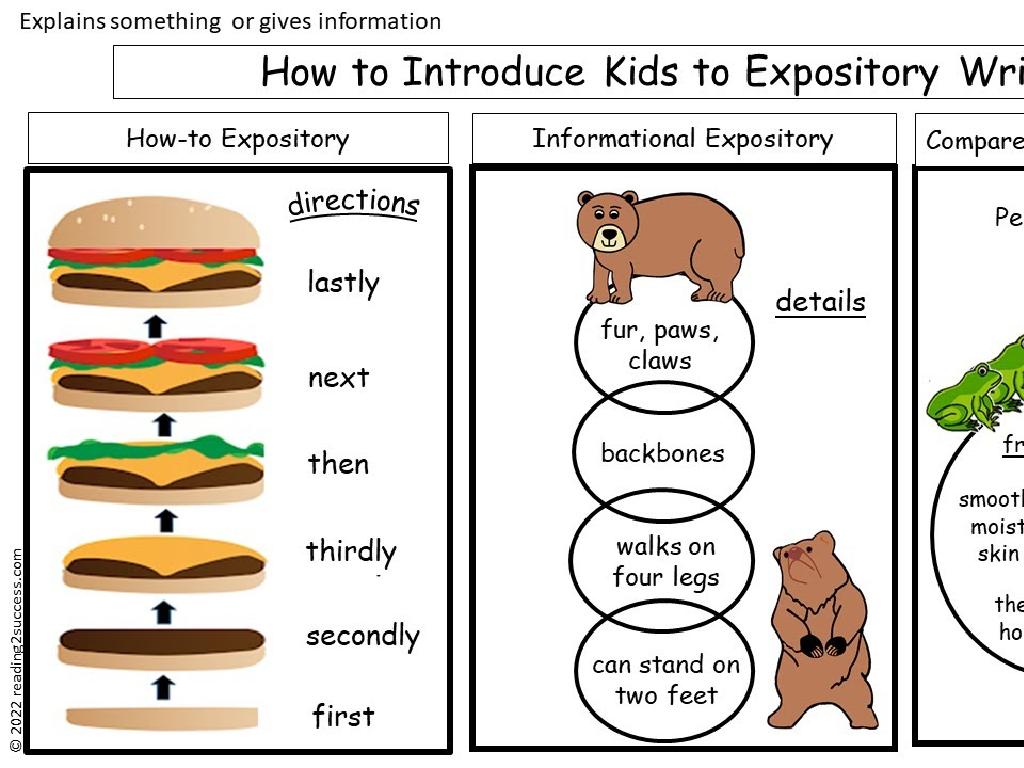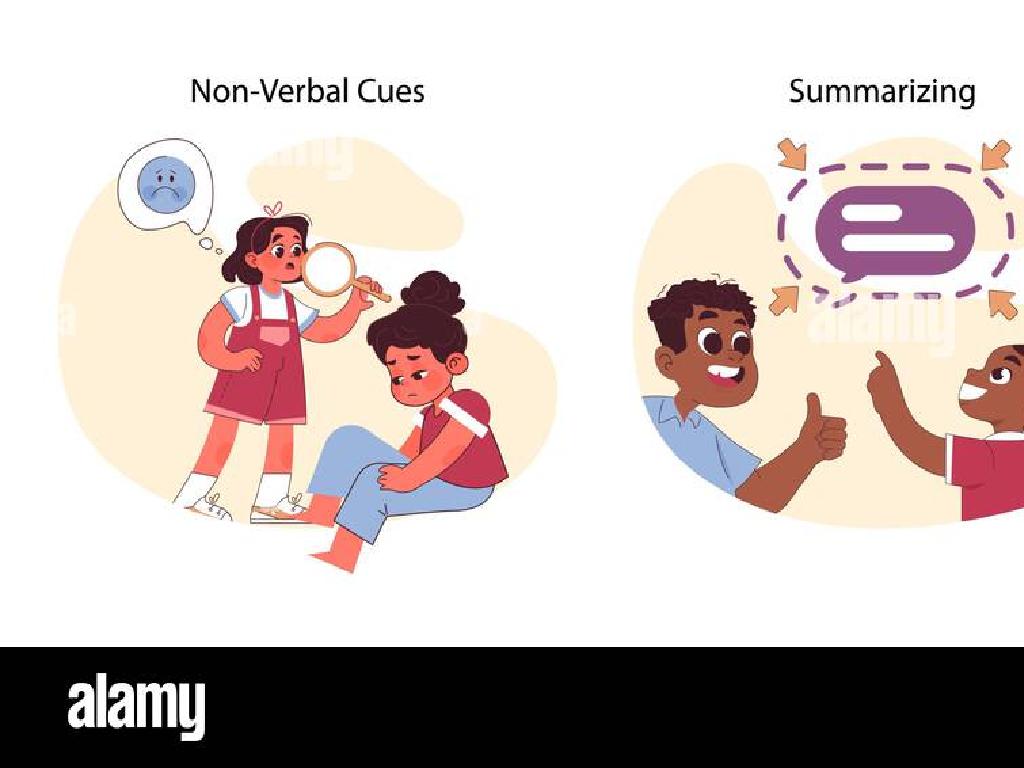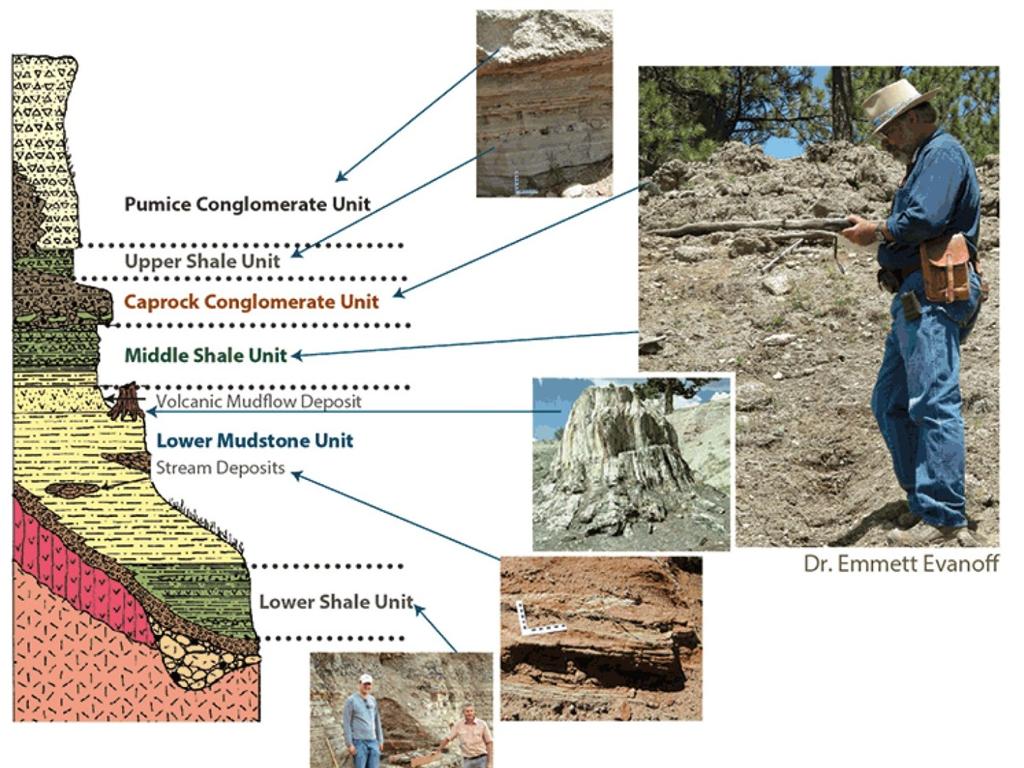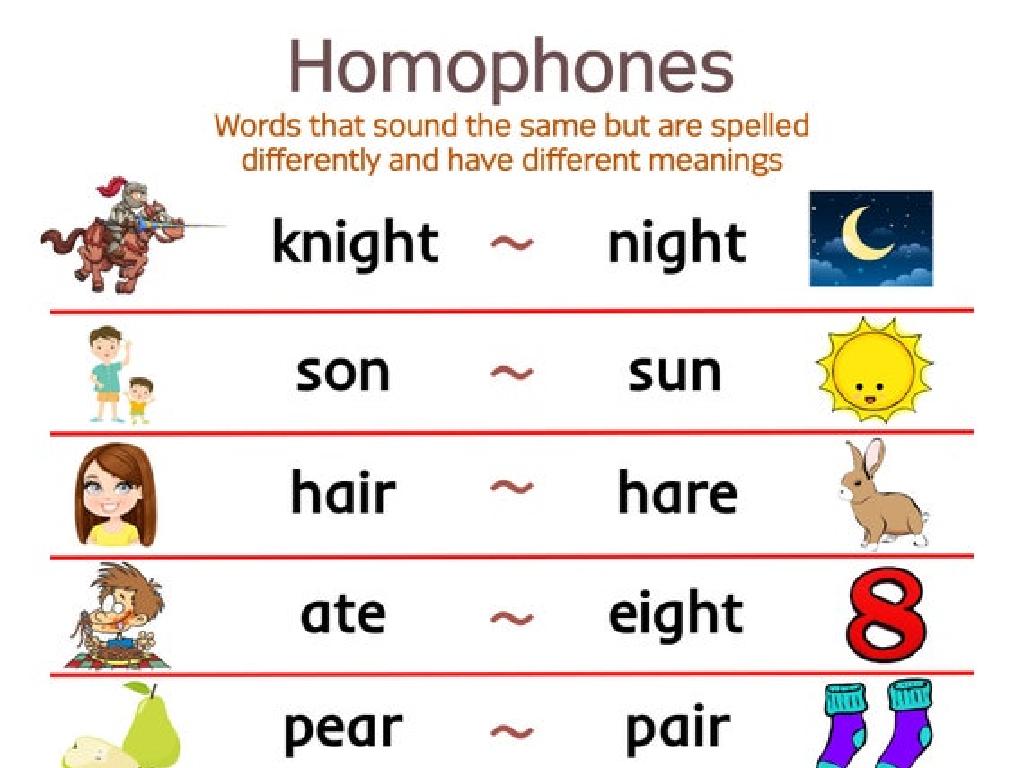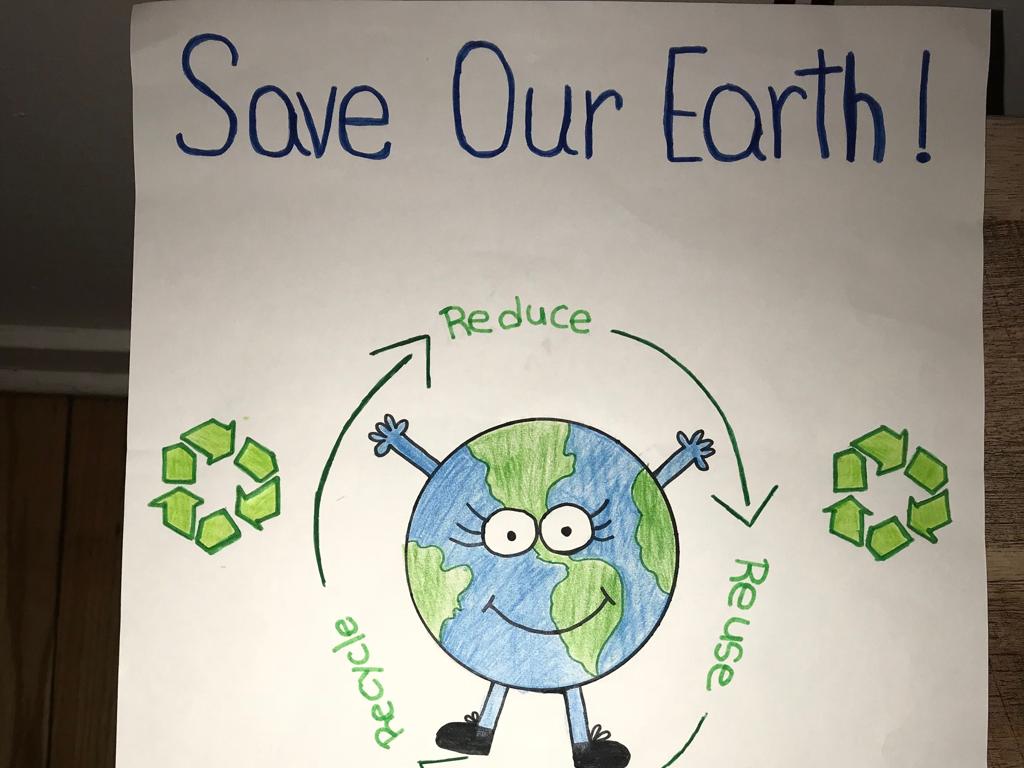Identify And Select Countries Of Europe: Region 3
Subject: Social studies
Grade: Seventh grade
Topic: Europe: Geography
Please LOG IN to download the presentation. Access is available to registered users only.
View More Content
Exploring Europe: Region 3
– Europe’s diverse geography
– Europe has a variety of climates and landscapes.
– What are ‘regions’?
– ‘Regions’ are areas with common characteristics.
– Focus on Region 3 countries
– Learn about specific countries in this part of Europe.
– Significance of regional study
– Understanding regions helps in comprehending Europe’s complexity.
|
This slide introduces students to the geographical diversity of Europe and the concept of regions, which are areas that share similar features, whether physical, cultural, or political. Today’s focus is on the countries that make up ‘Region 3’ of Europe. This could include a specific set of countries based on the curriculum or teacher’s plan, such as the Balkans, Scandinavia, or the Iberian Peninsula. The aim is to help students recognize the importance of studying Europe by regions to appreciate the continent’s rich diversity and complex interrelations. Encourage students to think about what makes a region distinct and how geography can influence culture, economy, and politics.
Exploring Europe: Region 3
– Europe’s regional division
– Europe is often divided into regions for easier study and understanding.
– Characteristics of Region 3
– Region 3 includes countries with diverse cultures and languages.
– Countries within Region 3
– Examples: France, Germany, Switzerland, and Austria.
– Cultural and geographical diversity
– Region 3 is known for its rich history, architecture, and natural landscapes.
|
This slide introduces students to the concept of dividing Europe into regions for educational purposes, focusing on Region 3. Begin by explaining the rationale behind regional division, such as similarities in culture, geography, or history. Discuss the unique characteristics of Region 3, including its cultural diversity and significant historical landmarks. Provide a list of countries that are part of this region, ensuring students are familiar with each country’s location on the map. Highlight the cultural and geographical diversity found within Region 3, such as the different languages spoken, the variety of architectural styles, and the range of landscapes from mountains to plains. Encourage students to explore these countries further in their studies and to appreciate the rich tapestry of European geography and culture.
Europe’s Geography: Region 3 Physical Features
– Mountains, rivers in Region 3
– The Alps and Danube River are key features.
– Geography’s impact on culture
– Traditions, lifestyles are shaped by the local geography.
– Geography’s influence on economy
– Geography dictates agriculture, trade routes.
– Significance of physical features
– Physical features are crucial for biodiversity and tourism.
|
This slide aims to explore the physical geography of Europe’s Region 3, which includes prominent features like the Alps mountain range and the Danube River. Discuss how these features have historically influenced the culture of the region, shaping everything from local traditions to architectural styles. Highlight how geography impacts the economy, with mountains and rivers affecting agriculture, industry, and trade. Emphasize the importance of these features in terms of environmental significance and their role in supporting biodiversity and tourism, which are vital for the region’s sustainability and economic growth. Encourage students to think about how the physical landscape of their own region affects their daily lives and culture.
Cultural Highlights of Europe: Region 3
– Predominant languages in Region 3
– Explore languages like French, German, Italian
– Festivals, food, and traditions
– Oktoberfest in Germany, Wine festivals in France
– Geography’s impact on culture
– Mountainous terrain influences alpine cultures
|
This slide aims to give students a glimpse into the rich cultural tapestry of Europe’s Region 3, which includes diverse countries with their unique languages, such as French in France, German in Germany, and Italian in Italy. Highlight how these languages contribute to the identity of each nation. Discuss various festivals like Germany’s Oktoberfest and the wine festivals of France, which are integral to the social and cultural life of the people. Explain how the geography of the region, with its alpine mountains and river valleys, shapes the cultural practices, from the architecture to the food and festivities. Encourage students to think about how the physical landscape of where they live influences their own culture and traditions.
Economic Activities in Europe: Region 3
– Region 3’s major industries
– Automotive, pharmaceuticals, and technology
– Trade dynamics in Region 3
– Export-import among neighbors and globally
– Geography’s economic influence
– Mountainous terrain affects transport and trade
– Agriculture in Region 3
– Wine production, cereal crops, and livestock
|
This slide aims to explore the economic activities prevalent in Europe’s Region 3, focusing on the major industries such as automotive, pharmaceuticals, and technology. Discuss the trade relationships within the region and with the rest of the world, highlighting how geography can facilitate or hinder economic activities. For example, mountainous areas may pose challenges for transportation but can be beneficial for certain types of agriculture, like wine production. Agriculture is also a significant part of the economy, with the region producing various cereal crops and maintaining livestock. Encourage students to think about how the physical geography of a place can impact its economy and consider the interdependence of countries within the region for trade and commerce.
Europe’s Region 3: Political Landscape
– Governments in Region 3
– Explore various political systems within European Region 3
– Current events impacting politics
– Discuss recent political developments and their effects
– Geography’s role in politics
– Understand how mountains, rivers, and borders shape political decisions
– International relations of Region 3
– Examine alliances and treaties between these countries
|
This slide aims to provide an overview of the political landscape in Europe’s Region 3. Students will explore the different types of governments and political systems that exist within this area, understanding that Europe’s political diversity is as rich as its cultural diversity. Highlight current events that are shaping the political scene, such as elections, policy changes, or international disputes. Discuss how geographical features like rivers, mountains, and proximity to other countries can influence political strategies and decisions. Finally, delve into the international relations of Region 3 countries, including their roles in global organizations like the EU or NATO, and how these relationships affect their politics and policies. Encourage students to think critically about how all these factors interplay to shape the region’s political dynamics.
Mapping Exercise: Exploring Europe’s Region 3
– Label Region 3 countries on a map
– Mark major physical features & capitals
– Research and note an interesting fact
– Find a unique or lesser-known fact to share
– Share findings with the class
|
This class activity is designed to help students familiarize themselves with the countries of Europe’s Region 3. Provide each student with a blank map and a list of countries to label. Instruct them to also mark major physical features such as mountains or rivers, as well as the capital cities. Encourage them to use reliable sources to find one interesting fact about each country. This could be related to culture, history, or a notable geographical feature. Once completed, students will present their findings to the class, which will help reinforce their knowledge and improve public speaking skills. Possible variations of the activity could include working in pairs, creating a fact file for each country, or even a quiz at the end to recap what they’ve learned.
Review and Discussion: Exploring Europe
– Recap today’s geography lesson
– Open Q&A session
– Connect Europe to the global context
– How does Europe’s geography influence global economics, politics, and culture?
– Reflect on what we’ve learned
– Think about the countries we’ve discussed and their roles in the world.
|
This slide aims to consolidate the knowledge gained in today’s lesson on the geography of Europe, specifically focusing on region 3. Begin with a brief recap of the key points covered, such as the major countries, their geographical features, and cultural highlights. Open the floor to questions, encouraging students to clarify any doubts and deepen their understanding. Facilitate a discussion on how Europe’s geography affects its interactions with the rest of the world, touching on trade, international relations, and cultural exchanges. Encourage students to reflect on the importance of geographical knowledge in understanding current global affairs. This will help them appreciate the interconnectedness of the world and the significance of Europe within it.
Homework: Explore a European Country – Region 3
– Research a Region 3 country
– Focus on geography, culture, economy
– Look into landforms, climate, traditions, language, GDP, industries
– Create a short presentation
– Present your findings next class
– Use visuals and key facts to engage the class
|
This assignment is designed to deepen students’ understanding of Europe by focusing on a specific country within Region 3. Students should look into various aspects of the country they choose, including its physical geography like mountains and rivers, climate patterns, cultural elements such as traditions and language, as well as economic factors including GDP and main industries. Encourage students to create a presentation that is both informative and visually appealing, using maps, images, and bullet points to highlight key information. Remind them to practice their presentation to ensure clarity and confidence when presenting to the class. Provide a list of countries in Region 3 to help them start their research.

